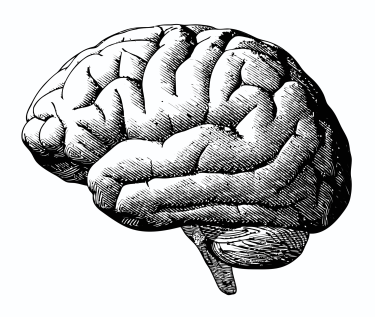‘Brain signature’ discovery could yield faster diagnosis for fibromyalgia patients

More than 5 million people suffer from fibromyalgia, a syndrome characterized by chronic muscle discomfort, sleep problems, pain hypersensitivity and sometimes mood disorders.
No definitive lab tests exist and symptoms vary, so patients often struggle for years before being diagnosed. But new research at CU Boulder’s Cognitive and Affective Neuroscience Laboratory could someday lead to neuroimaging-based tests and improved patient care.
For a study published in October 2016 in the journal Pain, researchers conducted functional MRI (fMRI) brain scans on 37 fibromyalgia patients and 35 healthy people as they exposed them to nonpainful visual, auditory and tactile stimulation, as well as painful pressure.
Among those with fibromyalgia, areas of the brain associated with pain lit up more during the painful pressure. They also showed a distinct “brain signature” during nonpainful stimulation.
Judging by neuroimaging results alone, researchers could identify the fibromyalgia patients with 93 percent accuracy.
Ultimately, this neurological roadmap could be used to speed diagnosis and help doctors determine which subtype patients are, said lead author Tor Wager, a professor of psychology and neuroscience.
“That could help us recognize fibromyalgia for what it is—a disorder of the central nervous system—and treat it more effectively,” Wager said.
Principal Investigator:
Marina López-Solà
Funding:
National Institutes of Health (NIH)
Collaboration/Support:
Institute of Cognitive Science (ICS); Cognitive and Affective Neuroscience Laboratory

